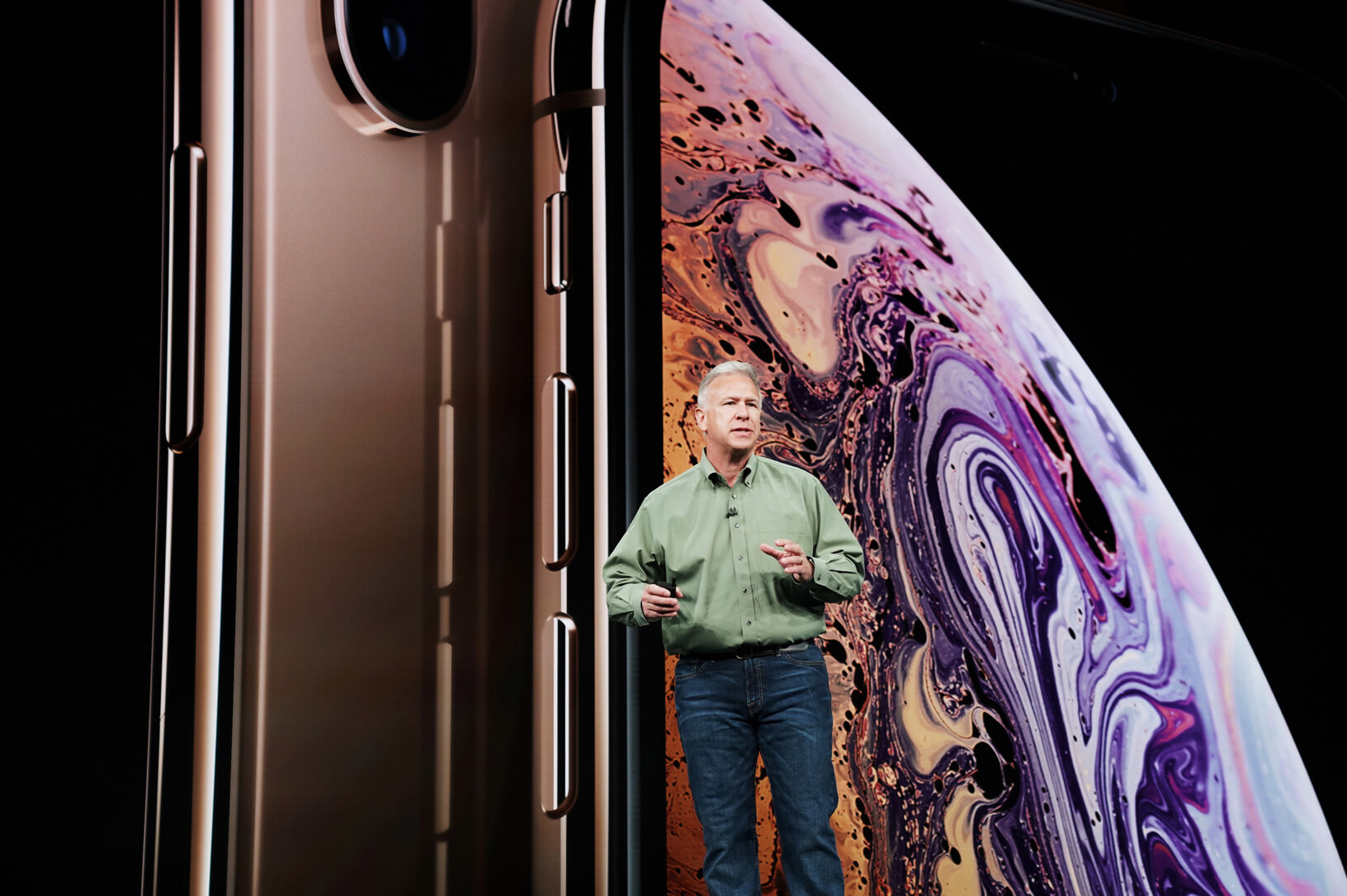Why it matters: As evidenced by numerous market reports for the last two years, the trend of phones getting more expensive despite the improvements being only incremental hasn't helped companies such as Apple to convince people to upgrade to newer iPhones. If the renowned analyst is right, the company might try to futureproof its 2020 iPhones to offer everyone a good reason to buy one and possibly kickstart the much awaited supercycle of upgrades.
Back in June, Ming-Chi Kuo reported that Apple would launch three new iPhones in 2020, all of which will have OLED screens, but only two of which would have 5G connectivity. The lower end model would be the obvious outlier, being that many people are wary about dropping $1,000+ on a phone and prefer to give up some premium features if they can save some money. After all, the iPhone XR is still the best selling iPhone by far.
A new report from the analyst suggests that Apple is looking to integrate 5G connectivity in all of next year's iPhone models, which are expected to feature significant redesigns. The lineup will consist of new 6.7-inch and 5.4-inch premium models and a 6.1-inch form factor for the mainstream one, and might even feature 120Hz displays like the newest iPad Pro.
Kuo believes Apple in 2020 will be in a position where Android phones in the $250-$350 price range will feature some kind of 5G connectivity, so it won't be able to appeal to consumers with a premium phone that lags in that department. And since 5G may be a requirement to take advantage of carrier subsidies, it makes even more sense to push in that direction.
An important thing to note here is those Android phones won't support both mmWave and sub-6Ghz bands, while the next year iPhones will - at least the U.S. models. Telecom companies are scrambling to upgrade their networks for 5G, but the faster, mmWave technology will be available in dense urban areas, with rural and suburban areas to feature the latter, less expensive version that is more akin to LTE.
Another reason for Apple's confidence is that it recently acquired a "majority" of Intel's modem business for $1 billion, bringing in much-needed talent to reduce its reliance on Qualcomm. That being said, it still has a six years agreement with the silicon giant, and won't be able to get its 5G chips ready for use until at least 2021.
Kuo speculates that Apple is also developing a less expensive variant for the Chinese market that will only feature sub-6Ghz 5G connectivity, but it's not clear if the company has enough resources to make that happen just in time for the release.
The company may also be hoping that people will pay the price premium to futureproof their devices and have compatibility with both types of 5G, though some surveys show iPhone owners won't be able to tell the difference anyway.
